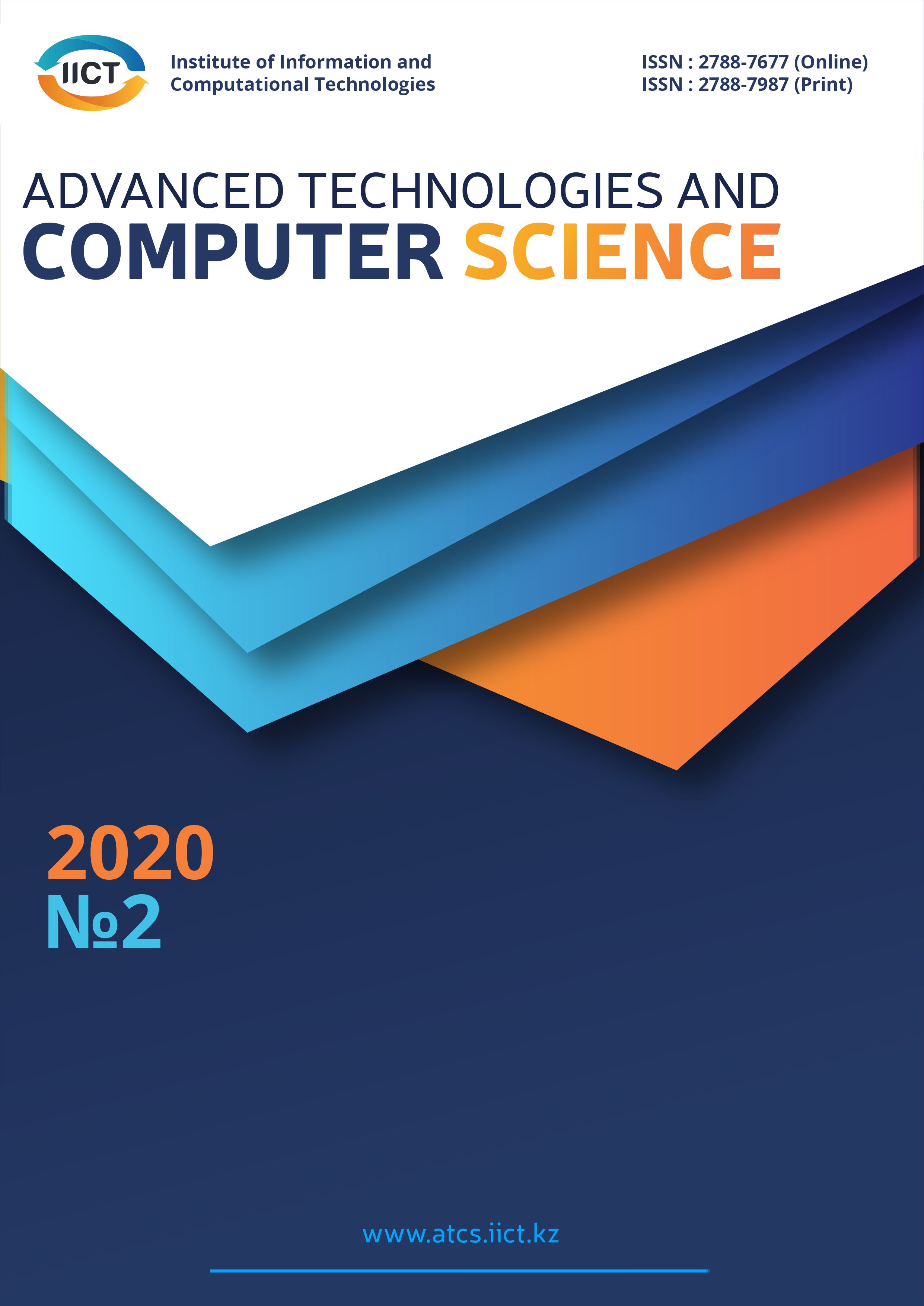Water level monitoring system in hydraulic structures
Keywords:
monitoring system, dam, water level sensor, breakthrough waves, water resources, hardware-software complex, hydraulic structureAbstract
The article is devoted to the creation of a system for monitoring the water level in hydraulic structures (HS) to prevent a dam break. The article discusses a system for monitoring the water level in hydraulic structures, which allows real-time information on the relative humidity and air temperature, on the distance from the crest of the dam to the water surface in the reservoir. The general characteristics of the problem and the formulation of research tasks are given. On the basis of microprocessor technology and sensor sensors, an autonomous microcomputer system for transmitting climate data has been developed. A program for monitoring breakout factors in real time has been developed. Based on the information received, the system makes it possible to estimate the predicted time for the increase in the volume of the water level from the current to the critical level and inform the population about the state of the reservoir. The task is analyzed and the main problems that may arise in the course of its solution are identified. The advantages and disadvantages of the described methods are highlighted.
Downloads
Downloads
Published
How to Cite
Issue
Section
License
Copyright (c) 2020 ADVANCE TECHNOLOGIES AND COMPUTER SCIENCE

This work is licensed under a Creative Commons Attribution-NonCommercial 4.0 International License.









